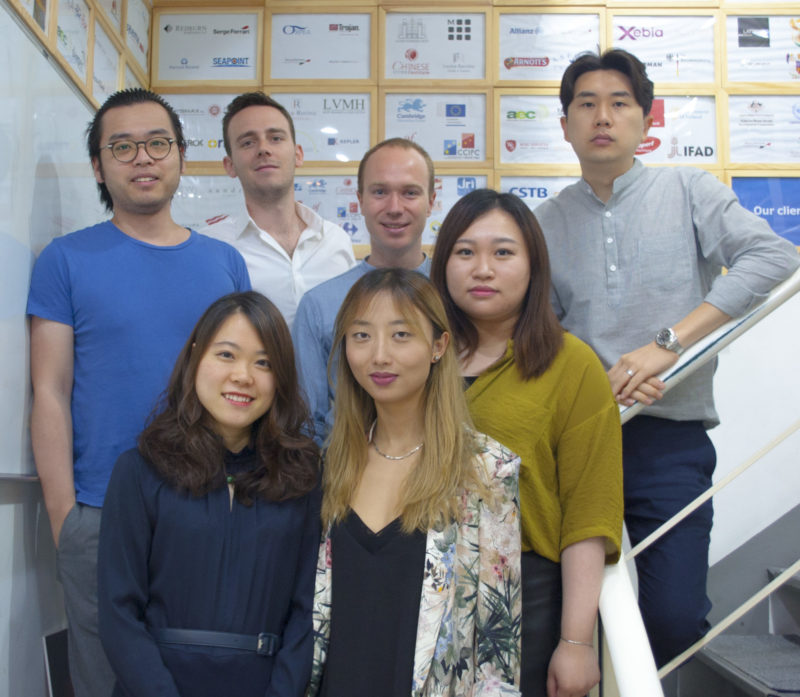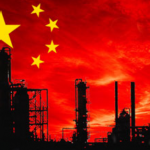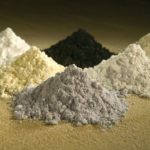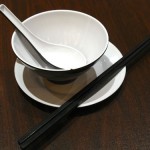Aluminum market in China
The Aluminum market in China
Domestic demand on aluminum market in China is booming
China is the world’s largest producer and consumer of aluminum. It comes as no surprise since China almost plays a significant and decisive role in a range of commodities worldwide. Driven by large-scale urbanization, transportation and increasing population as well as Chinese government’s strategy of investment on infrastructure and house building demand for aluminum and raw materials for production has never declined. Moreover, the industrial growth in China remains a constant high which indeed contributes more than 46% of China’s soaring GDP. According to International Aluminum Institute, the world aluminum production was 45mt in 2012 and Chinese aluminum production accounted for about 20mt. In the last ten years, China has quadrupled its consumption of aluminum and in 2012 China’s aluminum consumption was around 21.7 million tons, accounting for 42% of global aluminum consumption. The aluminum market in China is forecast to increase to 59% by 2025 based on latest market research. The latest forecast provided by the World Bureau of Metal Statistics shows that demand on the aluminum market in China is expected to grow by 6 percent in 2014.
Local production have trouble to meet domestic high-quality demand
While boosting demand and forecast in the aluminum market in China hardly covers up issues domestic aluminum market are facing: aluminum production is continuing to expand rapidly, with lower quality products oversupply, which will fail to meet China’s demand for high-grade aluminum used in consumer durables such as automobiles or dishwashers. According to market researches, total aluminum smelting capability reached 27.1 million in 2012 and the actual production is 21.89 million tons. One reason for causing high production is that Chinese government promised to offer subsidies for all major smelters in aluminum market in China to offset lower aluminum price. Other issues are industry energy inefficiency and CO2 emission, leading to high cost, lower margin and environmental pollution.
Measures taken by Chinese government aim to cut over-consumption
Chinese authority has taken measures to cut aluminum overcapacity by Consolidation, building larger smelters and taking use of new technology. In July 2013, the Chinese government set a new rule to lower electricity consumption limits for aluminum smelters. Under this rule, power consumption for new and upgraded aluminum smelters would need to below 12750 kilowatt hours per ton for the liquid form and 13200 kilowatt hours for ingots, while consumption for existing capacity would be required to be below 13350 kilowatt hours and 13800 kilowatt hours respectively. Same year in September, Chinese government announced that it would cut coal consumption and shut down polluting industries in northern cities and provinces by 2017. Also in 2013 the National Development and Reform Commission(NDRC) regulated that efficient aluminum producers would continue to pay the same rate they are used to for electricity, but less efficient producers would have to pay more. Aluminum producers that require 13700 to 13800 kilowatts to produce a ton of liquid aluminum would be charged an additional 0.02 yuan per kilowatt, for those who exceed 13800 per kilowatt they must pay an additional 0.08 yuan per kilowatt. The surcharges would be effective increases of 1.8% to 7.4% to produce the metal in Henan province. This electricity pricing change actually works and can have impact on profitability since electricity accounts for about two-fifth of the cost producing aluminum, therefore it brings concrete steps to rationalize and cool off the aluminum market in China.
Chinese government doesn’t like the aluminum market in China to be much hotter, however, it seems like they don’t promote import either, considering the contribution like aluminum smelters and steel refineries can make to the local economy, including tax revenues and job creation, to protect job loss and adding value to domestic products and maintain a relatively stable social environment. China intends to remain balanced and self-sufficient in aluminum, and is approaching self-sufficiency in aluminum. Although output keeps rising, China still highly depends on bauxite importation. China is striving to stay in self-sufficiency, if not; it may become a stable importer of primary aluminum. As predicted, China’s aluminum consumption will remain soaring high by 2025, and dependence on importation will mean trouble due to power supply issue, import duties on raw materials and high costs of production.
Future trend of aluminum market in China
Overall, from a global perspective, aluminum overcapacity is a universal headache which leads to a lower price whereas labor cost and energy charges are rising. As a part of the international aluminum market, the aluminum market in China definitely would not like the situation to be worse with a narrow margin, so the Chinese government are more likely to close down higher-cost plants and outdated plants and to improve the efficiency of lower-cost ones, deeper cuts will be needed. When it comes to demand for high-grade aluminum, judging from China’s soaring economy and rapid development, it will enjoy a constant high increase in the upcoming future.
Daxue Consulting expertise

Our research team in Shanghai
Daxue Consulting can provide you support in entering the growing market of aluminium market in China. We conduct all the market research and consulting services you may need, such as potential analysis, cost analysis, implementation feasibility etc. To know more about the Chinese industries, do not hesitate to contact our dedicated project managers by email at dx@daxueconsulting.com.
Follow us to learn more:
Changing #consumer preferences are reshaping the #icecream industry in China https://t.co/LexL9PGr9f @CarvelIceCream pic.twitter.com/0lxhf1dLjn
— Daxue Consulting (@DaxueConsulting) August 17, 2017
















